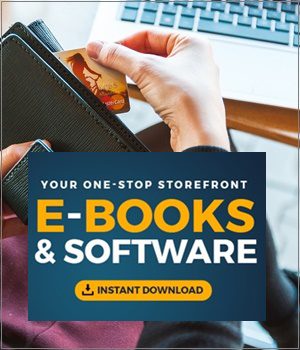The coronavirus pandemic is creating unprecedented challenges, both for public health and the economy—and those challenges are causing many businesses to lay off their employees and shutter their doors, at least for the time being. If your business is having to lay...
Category
Unemployment
Continue Reading
Coronavirus Stimulus Package: Everything You Need to Know
With coronavirus impacting many small businesses, many have been asking about what’s available in terms of self-employed unemployment benefits and small business relief. As part of the Senate’s $2T coronavirus stimulus bill passed on March 25, 2020, unemployment...
The Effects of COVID-19 on the World Economy
Right now, every single country is wondering where the world economy will stand in the upcoming months. Families are worried about their loved ones, whether they will make it through the deadly COVID-19 or not. There are numerous possible outcomes of this novel virus...
Popular Categories
Company
TNZ Web Solutions Limited is registered with the New Zealand Companies office. Company Record: 8208571
Contact
© Artisynq 2022 Terms & Conditions – Privacy Policy – Additional Info











